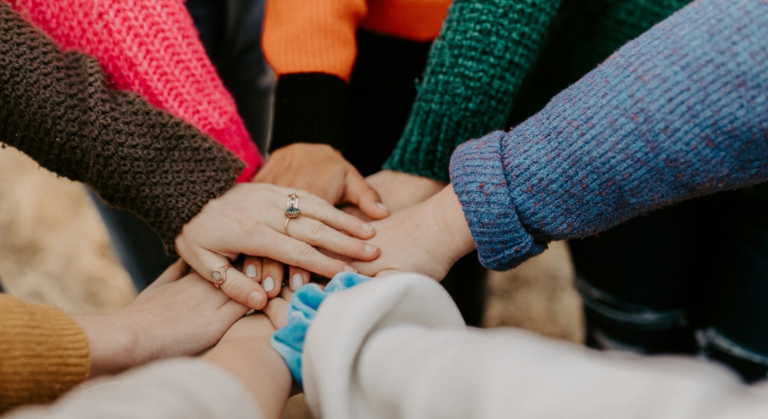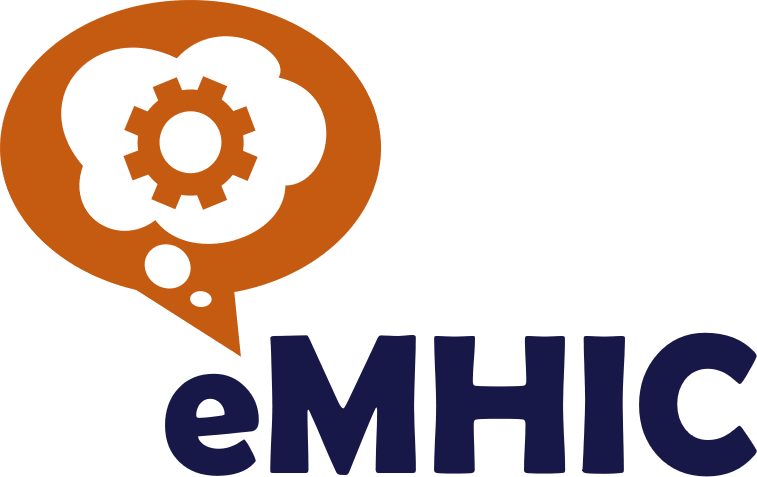This article is sponsored by Oxehealth. In this Voices interview, Behavioral Health Business sits down with Oxehealth Head of Patient Safety and Quality Laura Cozens to learn the top challenges she sees in behavioral health care, and how providers can support staff to solve them. Cozens also shares her experience working at Broadmoor High Secure Forensic psychiatric hospital, one of three high-secure psychiatric hospitals serving England and Wales, and discusses the role that Oxevision from Oxehealth played in helping the hospital’s nursing staff and patients.
Behavioral Health Business: What was your path into behavioral health, and what career experiences do you most draw from now?
Laura Cozens: My career started in behavioral health, working in an older adult unit. I did that for approximately four years, then decided that I needed a change, and I began working at Broadmoor High Secure Forensic psychiatric hospital in 2003 as a mental health tech. I received a scholarship from the hospital to obtain my nurse training as a registered mental health nurse.
I went back to Broadmoor following qualifying and worked my way through the hospital within different roles. Finally, I ended up as part of the senior management team with operational responsibility across the full team inpatient boards within Broadmoor. I left Broadmoor in May of this year, and began working with Oxehealth as head of patient safety and quality.
Broadmoor Hospital is part of West London NHS Trust, which provides mental health community and social care services for children and adults. Why is Broadmoor so important in global behavioral health?
Cozens: It’s one of three high-secure psychiatric hospitals in England and Wales. It treats people with mental illness and personality disorders who represent a high degree of harm to themselves or others. Broadmoor has been providing specialist care for over 150 years now. The work is internationally recognized as being at the forefront of forensic mental health care. It’s internationally renowned for its highly specialized care, as well as the research work that happens there.
In December 2019, after a full comprehensive redevelopment, Broadmoor became a state-of-the-art facility, which was designed to enhance patient safety and patient experience. The redevelopment was purpose-built with patients’ and their families’ views to ensure that it is a safe, therapeutic environment for the care and treatment, and the rehabilitation of patients who need high-secure psychiatric care.
At any one time, Broadmoor hospital can care for up to 210 men, over the age of 18 years, who suffer from a mental disorder and are detained under the Mental Health Act 1983. The average length of stay at the hospital is five-and-a-half years, although many patients’ stays are considerably shorter. Patients are transferred to conditions of lower security once the risks that they posed are reduced following rigorous assessment by a range of clinicians.
Patients are admitted from prison, the courts and other secure or psychiatric units. Occasionally, patients may be admitted directly from the community or police custody. Many patients have not committed an offense but are considered to pose such a degree of risk that they need treatment in a high secure environment. Patients are transferred back to the criminal justice system or conditions of lower security when they no longer need care in a high secure environment.
During your time at Broadmoor, what were the top daily challenges that you faced in the delivery of care?
Cozens: Patient safety and treatment was one of the challenges. That means ensuring that patients are safe within their treatment and that that treatment is effective and meets the needs in order to facilitate their rehabilitation. The second challenge was one that is felt in most all health care systems around the world: staff recruitment and retention.
I think very few health care providers would disagree that staff retention and recruitment is an overwhelming issue that’s likely to be facing them for many years. There have been many reports in the UK on workforce recruitment and retention that reiterate what we already know, which is the significant and persistent vacancies across health care against the backdrop of a growing demand.
What innovations were available to help your team at Broadmoor face and overcome those challenges?
Cozens: Taking patient safety and treatment first, there were many innovations that, individually but also combined, gave us a better overall picture of patient safety and treatment. One of those was a project called Safe Wards. This project looked at factors that influence rates of conflict and containment on units, and looked at a group of interventions that can easily be put in place for both staff and patients.
We also looked at an assessment tool around the dynamic appraisal of situational aggression, which allowed us to assess the risk of aggression on a day-to-day basis. It was a very short assessment to complete. It was very efficient and allowed us to do that every day within handovers and communicate that amongst our staffing group.
Then there was Oxevision, which is from Oxehealth. Those three tools put together played a part in patient safety and treatment. Oxevision gave an observation of the patient on a whole different level.
You mentioned Oxevision. What is Oxevision, and how did it support the clinical teams at Broadmoor?
Cozens: Oxevision is an infrared sensitive camera that is housed in a secure unit installed in patient rooms. It relays information to staff in real time. Staff members receive that information through a fixed screen in the nurses station and on portable tablet devices. We’re also able to use Oxevision for remote patient monitoring — measuring their pulse and breathing rate while carrying out a short, 15-second visual check to verify that a patient is doing well.
My experience with Oxevision is that it supports a proactive approach to care by providing staff with activity-based alerts and warnings which helped us intervene before adverse events could occur. The clinical team felt supported as Oxevision provided objective data that they could use in the review and the development of patient care.
We were also able to complete digital safety checks at night without disturbing patients. Previously, that would require staff to enter a patient’s room, turn the lights on, open doors. If you’re disturbing patients during the night to complete these safety checks, you’re also obviously disturbing that sleep pattern, which we know is a key part of mental health recovery.
By having Oxevision, we were able to assure ourselves that patients were in their rooms. Then by completing the remote vital signs, we were able to know that they were physically safe and well. We know that if patients are rested throughout the night without interruption, this results in better patient participation in treatment and patient outcomes.
It also gives the treatment team more accurate data of each patient’s activity during nighttime hours and helps clinicians to develop a detailed treatment plan. This data wouldn’t have been possible, or wouldn’t have been available without the accuracy and consistency, without Oxevision.
How did patient and staff experience improve following the deployment of Oxevision?
Cozens: The patients were intrigued about the system. They were fully involved right at the very beginning about the use of this technology and why we felt that it was the right thing to implement. We had a lot of patients who wanted on a weekly basis to view the activity reports that the system produces so they were able to monitor their own progress by looking at these activity reports.
Staff were very engaged in the system. We know that the younger generation now coming into behavioral health nursing, they’ve been born into an environment where technology is used in normal, everyday life. However, in behavioral health, technology isn’t used widely. From the younger generation of staff, there’s much more, “Why aren’t we using technology?”
I think one of the key things the staff felt is that it gave them objective data that they never had access to before. Going back to when staff complete rounding observation, you’re only getting a view of what’s happening to that patient in those five seconds that you look into a room, or you see a patient sitting in a communal area. This system, however, gives you a full view of what’s happening for that patient, and gives you that data that we’ve never had.
Finish this sentence: “The top strategy the behavioral health provider should employ in 2022 to best prepare for 2023 is…”?
Cozens: I’m going to say technology, technology and technology. I’ll put a little bit of context onto that. If we look at emergency departments and we look at general medicine, if you walk into an emergency department, it’s full of technology. There are monitors everywhere to assist clinical staff in how to treat and how to diagnose people. People don’t think twice about that.
However, you walk into a behavioral health unit and it’s something that’s not seen. In rounding, it’s pen and paper. It’s about time that behavioral health caught up with the use of technology, because using it can help. The advanced technology available now can improve safety and promote well-being, and it’s my strong belief that patients and clinicians within behavioral health deserve better.
Editor’s note: This interview has been edited for length and clarity.
Oxehealth’s Oxevision platform delivers clinical insights that enable staff to plan patient care in advance and intervene proactively to help patients. To learn more about how Oxevision can help your organization, visit Oxehealth.com.
This content was originally published in Behavioral Health Business on 25 October 2022: https://bhbusiness.com/2022/10/25/voices-laura-cozens-vp-of-patient-safety-and-quality-behavioral-health-oxehealth/





